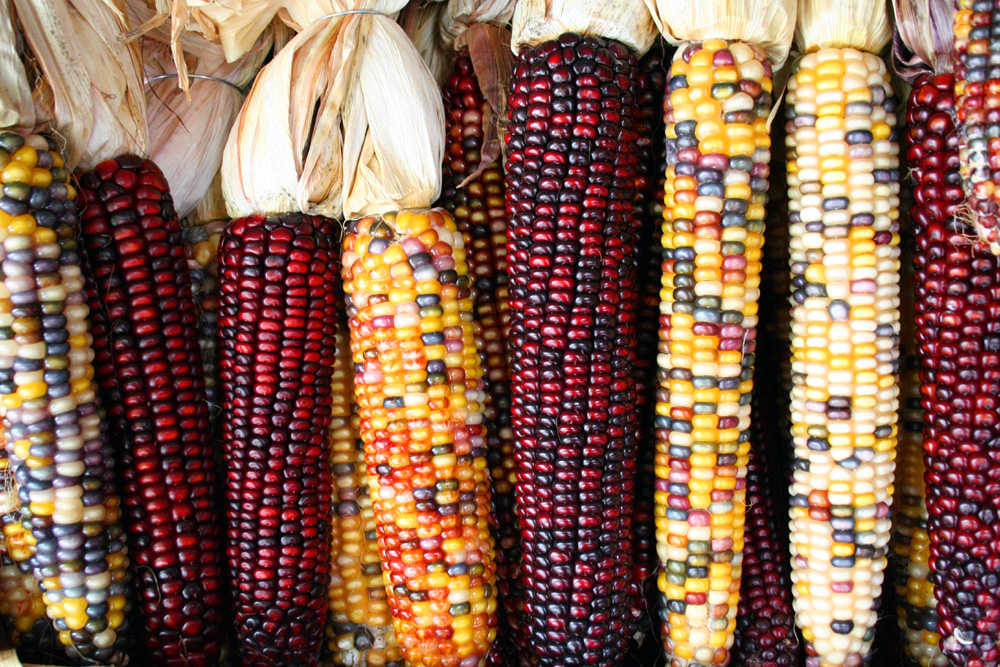|
Flavan-4-ol
The flavan-4-ols (3-deoxyflavonoids) are flavone-derived alcohols and a family of flavonoids. Flavan-4-ols are colorless precursor compounds that polymerize to form red phlobaphene pigments. They can be found in the sorghum. Glycosides (abacopterins A, B, C and D together with triphyllin A and 6,8-dimethyl-7-hydroxy-4‘-methoxyanthocyanidin-5-O-β-d-glucopyranoside) can be isolated from a methanol extract of the rhizomes of ''Abacopteris penangiana''. Known flavan-4-ols * Apiforol * Luteoforol Metabolism Flavanone 4-reductase is an enzyme that uses (2''S'')-flavan-4-ol and NADP+ to produce (2''S'')-flavanone The flavanones, a type of flavonoids, are various aromatic, colorless ketones derived from flavone that often occur in plants as glycosides. List of flavanones * Blumeatin * Butin * Eriodictyol * Hesperetin * Hesperidin * Homoeriodictyol * Iso ..., NADPH, and H+. Spectral data These compounds have absorption maxima of 564 nm. References {{flavan-4ol [...More Info...] [...Related Items...] OR: [Wikipedia] [Google] [Baidu] |
Flavanone 4-reductase
In enzymology, a flavanone 4-reductase () is an enzyme that catalyzes the chemical reaction :(2S)-flavan-4-ol + NADP+ \rightleftharpoons (2S)-flavanone + NADPH + H+ Thus, the two substrates of this enzyme are (2S)-flavan-4-ol and NADP+, whereas its 3 products are (2S)-flavanone, NADPH, and H+. This enzyme belongs to the family of oxidoreductases, specifically those acting on the CH-OH group of donor with NAD+ or NADP+ as acceptor. The systematic name of this enzyme class is (2S)-flavan-4-ol:NADP+ 4-oxidoreductase. This enzyme participates in flavonoid biosynthesis Flavonoids are synthesized by the phenylpropanoid metabolic pathway in which the amino acid phenylalanine is used to produce 4-coumaroyl-CoA. This can be combined with malonyl-CoA to yield the true backbone of flavonoids, a group of compounds .... References * EC 1.1.1 NADPH-dependent enzymes Enzymes of unknown structure Flavanones metabolism {{1.1.1-enzyme-stub ... [...More Info...] [...Related Items...] OR: [Wikipedia] [Google] [Baidu] |
Phlobaphene
Phlobaphenes (or phlobaphens, CAS No.:71663-19-9) are reddish, alcohol-soluble and water-insoluble phenolic substances. They can be extracted from plants, or be the result from treatment of tannin extracts with mineral acids (tanner's red). The name ''phlobaphen'' come from the Greek and Latin roots in English, Greek roots φλoιὀς (''phloios'') meaning Bark (botany), bark and βαφή (''baphe'') meaning dye. No biological activities have currently been reported for phlobaphenes. Phlobaphenes from Crataegus, hawthorn fruits (''Fructus Crataegi'') may have a specific action on the coronary circulation. They are converted into humins in soils. Naturally formed phlobaphenes Natural phlobaphenes are the common Bark (botany), bark, pericarp, Corncob, cob glume and seed#Seed structure, seed coat (''testa'') plant pigment, pigments. They have not been found in flowers, unless the brown and black pigments in the involucrum of certain compositae are found to be of the phlobaphene typ ... [...More Info...] [...Related Items...] OR: [Wikipedia] [Google] [Baidu] |
Luteoforol
Luteoforol is a chemical compound belonging to the flavan-4-ol class of flavonoids. Luteoforol is induced in pome In botany, a pome is a type of fruit produced by flowering plants in the subtribe Malinae of the family Rosaceae. Well-known pomes include the apple, pear, and quince. Etymology The word ''pome'' entered English in the late 14th century, and re ... fruits by prohexadione-calcium. References Flavan-4-ols Catechols Resorcinols {{Aromatic-stub ... [...More Info...] [...Related Items...] OR: [Wikipedia] [Google] [Baidu] |
Flavanone
The flavanones, a type of flavonoids, are various aromatic, colorless ketones derived from flavone that often occur in plants as glycosides. List of flavanones * Blumeatin * Butin * Eriodictyol * Hesperetin * Hesperidin * Homoeriodictyol * Isosakuranetin * Naringenin * Naringin * Pinocembrin * Poncirin * Sakuranetin * Sakuranin * Sterubin * Pinostrobin Metabolism The enzyme chalcone isomerase uses a chalcone-like compound to produce a flavanone. Flavanone 4-reductase is an enzyme that uses (2''S'')-flavan-4-ol The flavan-4-ols (3-deoxyflavonoids) are flavone-derived alcohols and a family of flavonoids. Flavan-4-ols are colorless precursor compounds that polymerize to form red phlobaphene pigments. They can be found in the sorghum. Glycosides (abacopteri ... and NADP+ to produce (2''S'')-flavanone, NADPH, and H+. Synthesis Numerous methods exist for the enantioselective chemical and biochemical synthesis of flavanones and related compounds. References External links ... [...More Info...] [...Related Items...] OR: [Wikipedia] [Google] [Baidu] |
Flavone
Flavone is an organic compound with the formula . A white solid, flavone is a derivative of chromone with a phenyl (Ph) substituent adjacent to the ether group. The compound is of little direct practical importance, but susbstituted derivatives, the flavones and flavonoids are a large class of nutritionally important natural products. Flavone can be prepared in the laboratory by cyclization of 2-hydroxacetophenone. Isomeric with flavone is isoflavone, where the phenyl group is adjacent to the ketone In organic chemistry, a ketone is a functional group with the structure R–C(=O)–R', where R and R' can be a variety of carbon-containing substituents. Ketones contain a carbonyl group –C(=O)– (which contains a carbon-oxygen double bo .... References {{Flavones ... [...More Info...] [...Related Items...] OR: [Wikipedia] [Google] [Baidu] |
Alcohol (chemistry)
In chemistry, an alcohol is a type of organic compound that carries at least one hydroxyl () functional group bound to a saturated carbon atom. The term ''alcohol'' originally referred to the primary alcohol ethanol (ethyl alcohol), which is used as a drug and is the main alcohol present in alcoholic drinks. An important class of alcohols, of which methanol and ethanol are the simplest examples, includes all compounds which conform to the general formula . Simple monoalcohols that are the subject of this article include primary (), secondary () and tertiary () alcohols. The suffix ''-ol'' appears in the IUPAC chemical name of all substances where the hydroxyl group is the functional group with the highest priority. When a higher priority group is present in the compound, the prefix ''hydroxy-'' is used in its IUPAC name. The suffix ''-ol'' in non-IUPAC names (such as paracetamol or cholesterol) also typically indicates that the substance is an alcohol. However, some compou ... [...More Info...] [...Related Items...] OR: [Wikipedia] [Google] [Baidu] |

